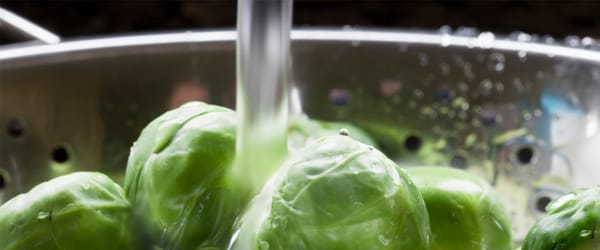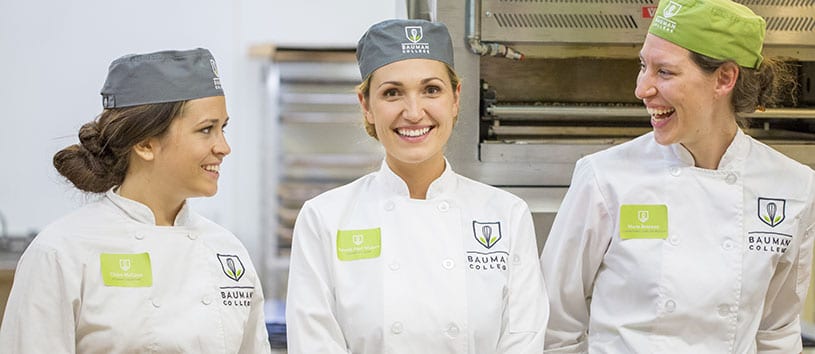
As two of our locations are in California, we’re well aware of the state’s severe drought, the “worst dry spell in 1,200 years,” as The Guardian puts it. However, climate scientists at Columbia University and elsewhere say this drying trend isn’t restricted to the Golden State. Many predict decades-long mega droughts across the Southwest and Great Plains. Indeed, recent NASA research forecasts worldwide water shortages.
The space agency reports that a third of the world’s biggest aquifers are now unsustainable because more water is being removed from them (for human consumption) than added to them (by natural precipitation). As water becomes increasingly scarce, formerly fertile land is morphing into desert, farmers are avoiding water-hungry crops, political conflict is increasing as countries fight to protect their citizens’ access to water, and food prices are rising.
In the face of this water crisis, some communities are taking steps to preserve the primary ingredient of ecological and human sustainability, fresh water, by imposing restrictions on water use or offering incentives for reducing water usage. This is an important step, but it is not just up to local governments to make sure water consumption is limited; individuals can make a big difference as well. By seeking ways to reduce water usage, we can actively work to conserve water in our daily activities.
Here are a few things you can do to help minimize water usage in the kitchen:
Water-Saving Cooking Techniques:
- Install a low-flow faucet. While traditional faucets use 5 gallons of water per minute, low-flow faucets release just 1.5 gallons of water per minute.
- Wash produce in a large container. Use a vegetable brush to scrub away dirt so you don’t let the faucet run while cleaning your food.
- Defrost frozen foods in the refrigerator. That way, you avoid the water-hogging defrost technique of running water over frozen foods.
- Limit water used for boiling foods. Use just enough H20 to submerge the food you are cooking. Once your food is done, reserve the water for nourishing your garden!
- Steam vegetables over boiling food. With the right cookware, you can steam and boil simultaneously, minimizing water and fuel usage.
- Minimize garbage disposal use.You can’t run a disposal without allowing plenty of water to flow down the drain. Instead, consider composting your food scraps or putting them in the yard-waste bin.
Water-Friendly Dishwashing
- Upgrade to Energy Star appliances. According to the EPA, dishwashers built prior to 1994 waste more than 10 gallons of water every cycle. By upgrading to an Energy Star dishwasher, you can immediately wash dishes with 15% greater water efficiency.
- Purchase a dishwasher. A single load of hand-washed dishes can require up to 20 gallons of water while an energy-efficient dishwasher needs just 4.5 gallons to run. It may be expensive but could be worth it in the long run.
- Save water when washing dishes by hand. You don’t need to let the water run constantly when you wash and rinse. Fill a tub for washing (the water doesn’t have to be piping hot), and rinse many dishes at the same time.
Water-Preserving Consumption
- Keep filtered water in the refrigerator. If you like it cold, don’t let the water run until it suits your taste; keep a pitcher-full in the fridge so you always have cold water at your fingertips.
- Pick filtered tap water over bottled water. Did you know it takes 1.5 gallons of water to manufacture a single plastic bottle? Opting for a glass of filtered tap water is a better way to go.
There is no getting around the fact that water is imperative to life on earth. Over the next twenty years, climate change will continue to melt glaciers, shrink aquifers, and challenge farmers. If our world is to experience a paradigm shift toward sustainability, individuals and communities must pay attention to how water is protected, distributed, and consumed. We can each do our part to reduce water usage in every room of the home, including the kitchen. Beyond direct consumption, we can also reduce our “water footprint” by choosing foods that require less water in production. For instance, it takes 24 gallons of water to produce one bunch of grapes, over five hundred gallons of water to produce a pound of chicken, and 1,847 gallons for a pound of beef. By limiting how much water we use personally, and by opting for crops that require less water, each of us can do our part to mitigate the water crisis.
Interested in taking your nutrition education to the next level? Check out our programs!
Natural Chef |
Nutrition Consultant |
Online Nutrition Consultant |


